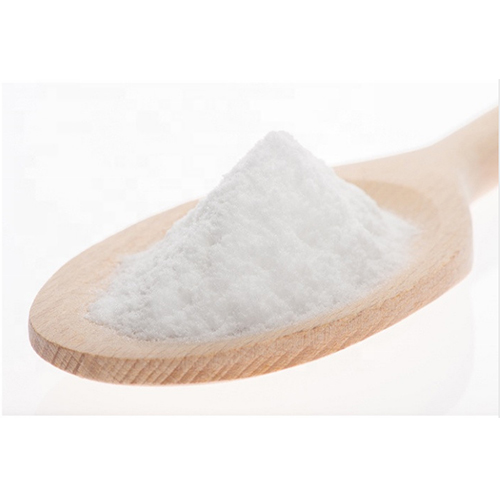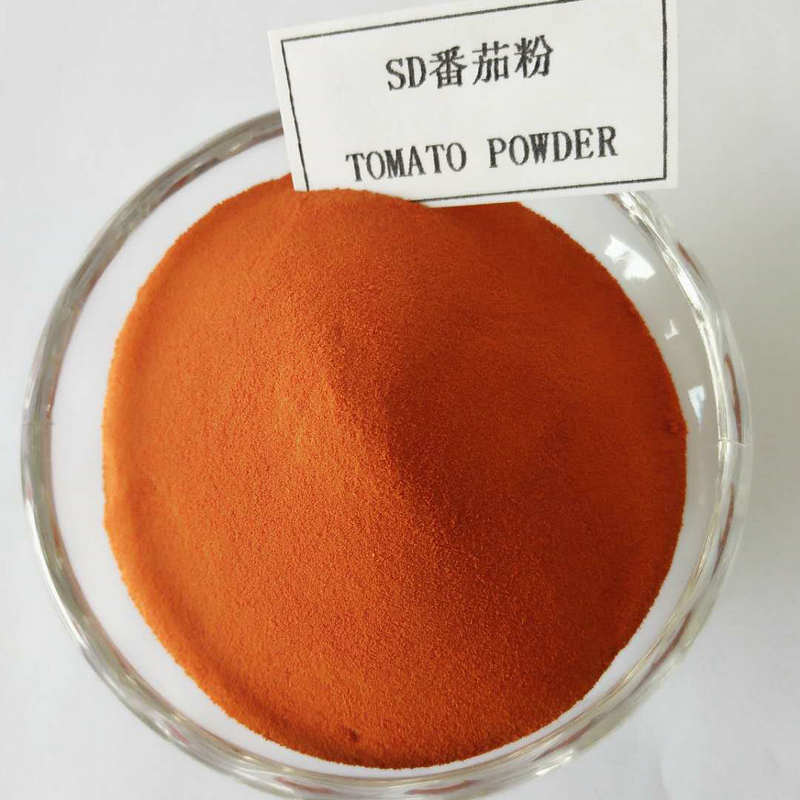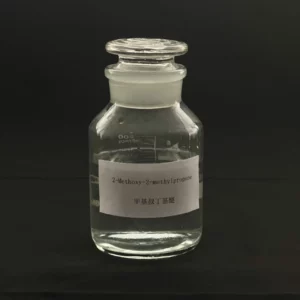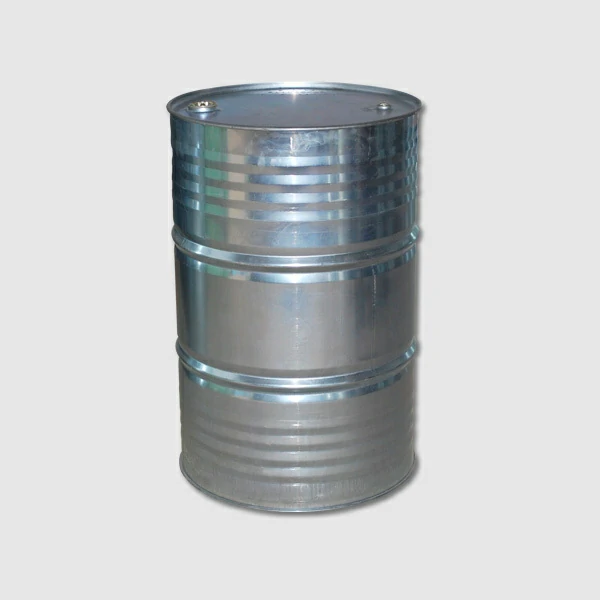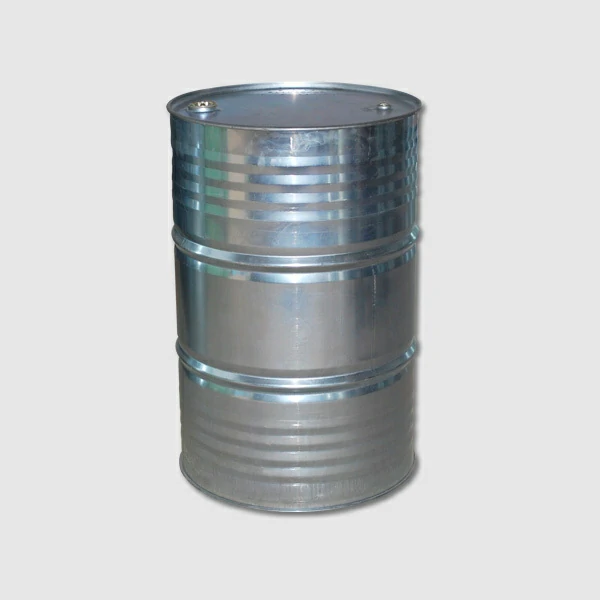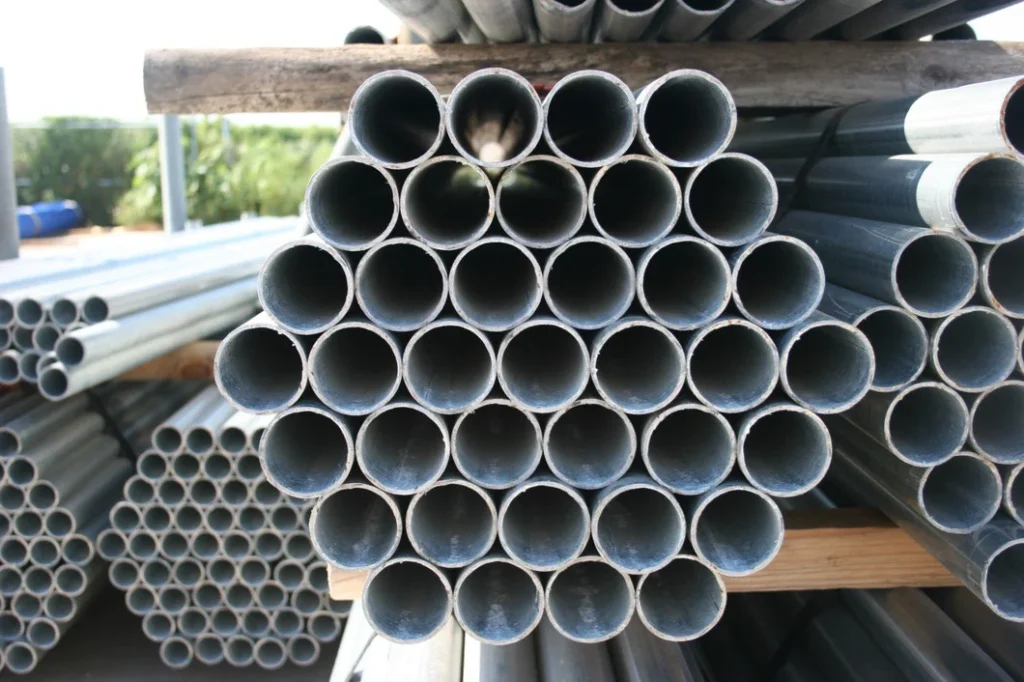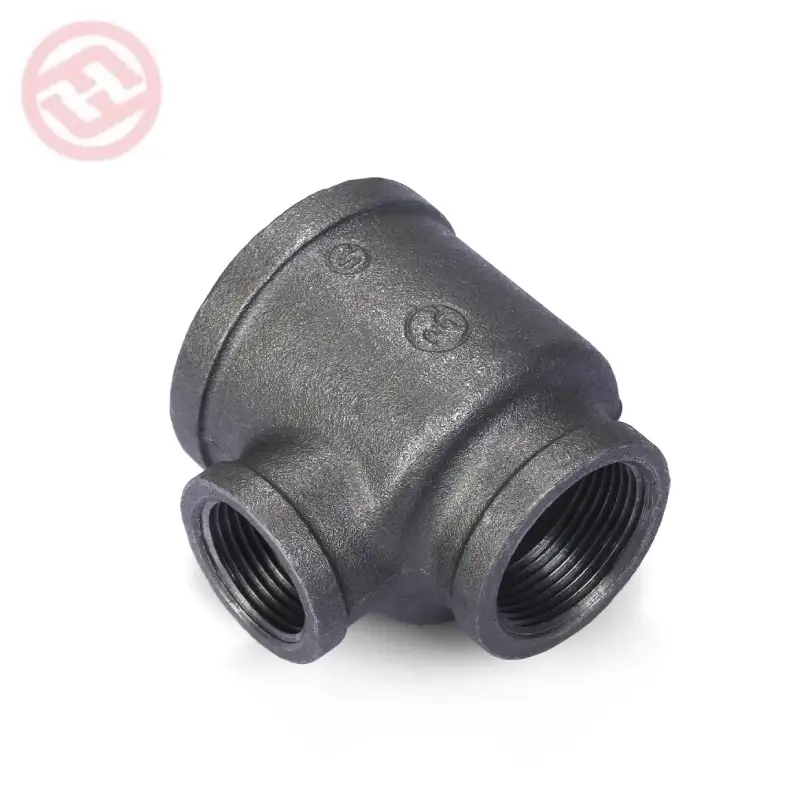Montmorillonite is a very soft phyllosilicate group of minerals that form when they precipitate from water solution as microscopic crystals, known as clay. It is named after Montmorillon in France. Montmorillonite, a member of the smectite group, is a 2:1 clay, meaning that it has two tetrahedral sheets of silica sandwiching a central octahedral sheet of alumina. The particles are plate-shaped with an average diameter around 1 μm and a thickness of 0.96 nm; magnification of about 25,000 times, using an electron microscope, is required to resolve individual clay particles. Members of this group include saponite, nontronite, beidellite, and hectorite.
Montmorillonite is a subclass of smectite, a 2:1 phyllosilicate mineral characterized as having greater than 50% octahedral charge; its cation exchange capacity is due to isomorphous substitution of Mg for Al in the central alumina plane. The substitution of lower valence cations in such instances leaves the nearby oxygen atoms with a net negative charge that can attract cations. In contrast, beidellite is smectite with greater than 50% tetrahedral charge originating from isomorphous substitution of Al for Si in the silica sheet.
The individual crystals of montmorillonite clay are not tightly bound hence water can intervene, causing the clay to swell, hence montmorillonite is a characteristic component of swelling soil. The water content of montmorillonite is variable and it increases greatly in volume when it absorbs water. Chemically, it is hydrated sodium calcium aluminium magnesium silicate hydroxide (Na,Ca)0.33(Al,Mg)2(Si4O10)(OH)2·nH2O. Potassium, iron, and other cations are common substitutes, and the exact ratio of cations varies with source. It often occurs intermixed with chlorite, muscovite, illite, cookeite, and kaolinite.

